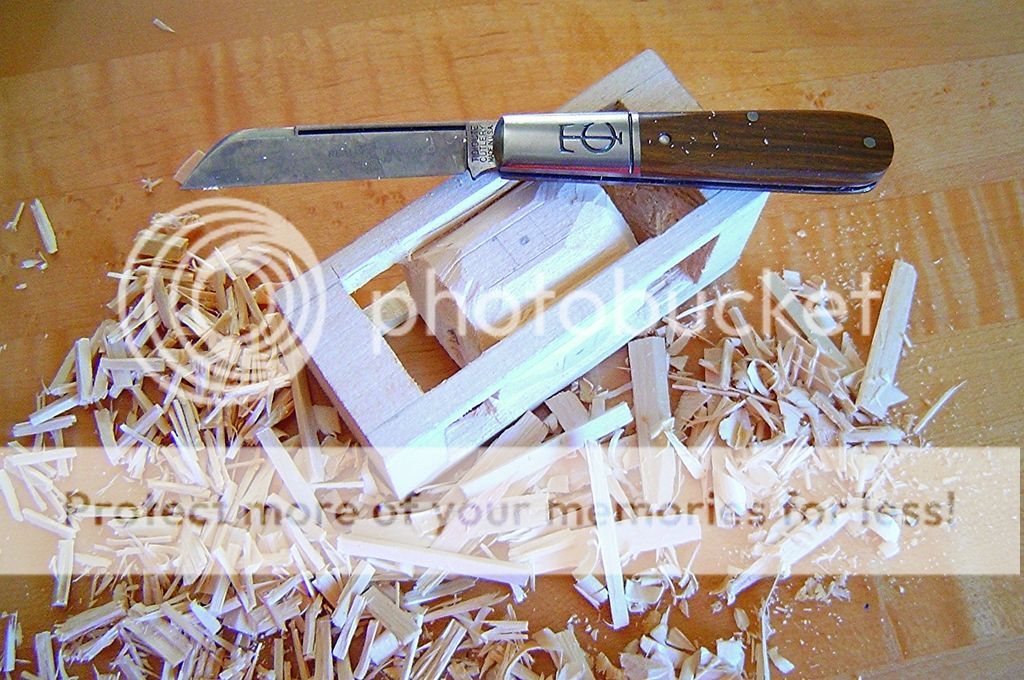- Joined
- Aug 12, 2013
- Messages
- 1,325
I may be in the minority... But being fortunate to have a few of the TC Barlow spey blades, I think the long pull would be a mistake.

The nail nick near the end of the blade, makes it easy to open the spey with minimal effort. The nail nick's location is perfect. I think a long pull, closer to the pivot, would require more effort, and make the blade thicker along the spine.
The original Days Work TC Barlow is perfect. So, I fall in the "If it ain't broke, don't fix it" camp.
But of course, if I have the opportunity, I will purchase one of the new speys no matter how you open it...

The nail nick near the end of the blade, makes it easy to open the spey with minimal effort. The nail nick's location is perfect. I think a long pull, closer to the pivot, would require more effort, and make the blade thicker along the spine.
The original Days Work TC Barlow is perfect. So, I fall in the "If it ain't broke, don't fix it" camp.
But of course, if I have the opportunity, I will purchase one of the new speys no matter how you open it...



